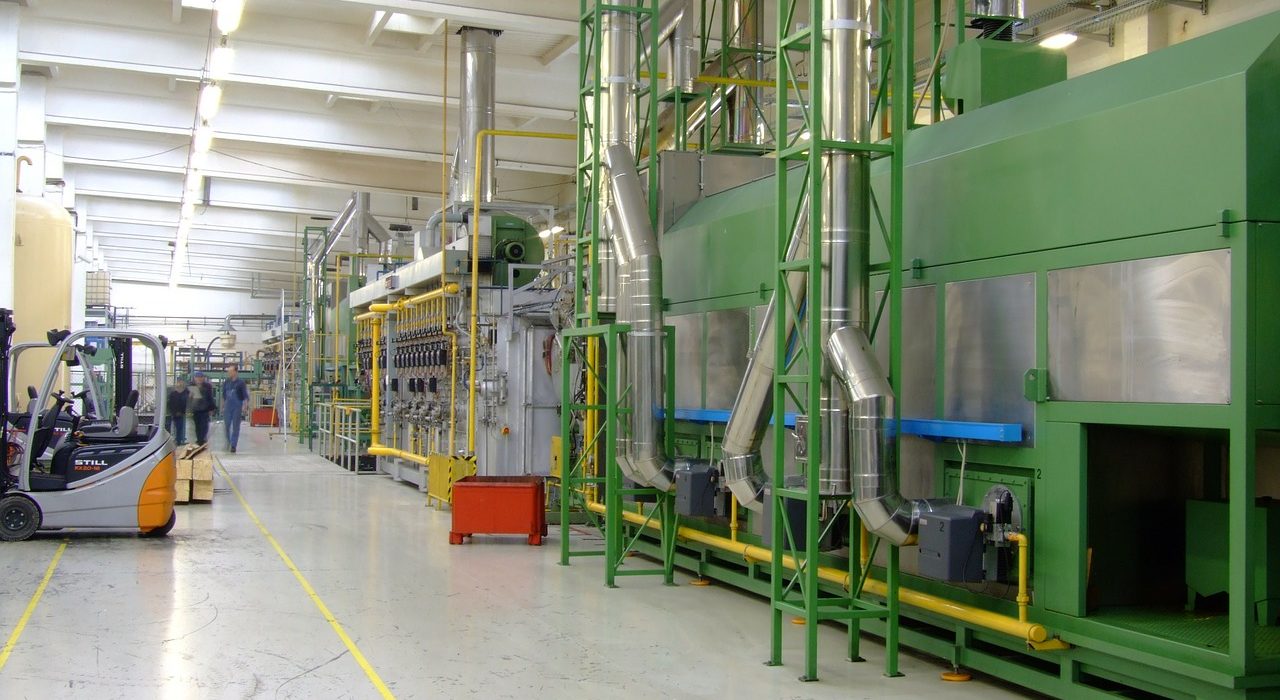Projects within the industry: ′standard different?′

31 March 2020
When it comes to standardization or defining configurations, the question of whether this is possible within our specific organization quickly arises. Many organizations wonder whether standardization of their engineering process pays off and whether it is possible. Arguments that are often given is that every project is different or unique. That is basically correct, but there is still a large common denominator. When we ask customers how they start a new project, the answer is often that they copy an old project or use parts of a historical project. Apparently, there is a major recurring factor in various projects and installations. If we look at an installation from the Google Earth principle and keep zooming in a bit, we come across products, also called objects or modules, that we see everywhere. We are thinking, for example, of motors, sensors, actors and other products, each with its own configuration.
.
The importance of good product definition
At the start of a standardization process, we often start with the product definition phase. In this phase, an inventory is made of the products and an examination of which configuration options each product has is conducted. Configuration options include two factors; variants and options. To determine variants, ‘OR questions’ are often used. ‘AND questions’ are often used to determine options. For example, a product can be a valve, with the variants bi-stable or mono-stable. A feedback signal of the valve position is defined as an option.
The product definition phase is important in the standardization process. What products do we have? Which variants and options? What does belong to the standard and what do we keep outside of it? It is important to conduct this product definition phase in a multidisciplinary way. This ensures the right alignment for the different disciplines. After all, a product or function can be interpreted differently for each discipline.
.
Nested products, also called function fulfillers
Each project is a conjunction of small products. Within the process world, these smallest products are also referred to as control modules (ISA88). We can nest these small products into a larger, composite product that is often used in a multidisciplinary manner. Products that will fulfil a function later in a project. Multidisciplinary work is done in this way on a product structure, which makes it possible to configure it simply at a later stage.
.
Why standardize?
Standardizing repetitive products yields by far the most time and quality gains. With the copy-paste method, the engineer often performs unnecessarily boring and error-prone work. Automating and standardizing frequently occurring products and modules, therefore, ensures that the engineer can work more efficiently. The engineer can focus on designing specific functions. This also ensures that the most repetitive work, often boring and error-prone for the engineer, can be automated. The engineer can then focus on project-specific functions. A big step in efficiency can already be taken with the smart reuse of products or modules (instead of the copy-paste method).
Are you curious about the positive impact that standardization can have on your organization? We are happy to share our knowledge and take the time to answer all your questions in one of our webinars.